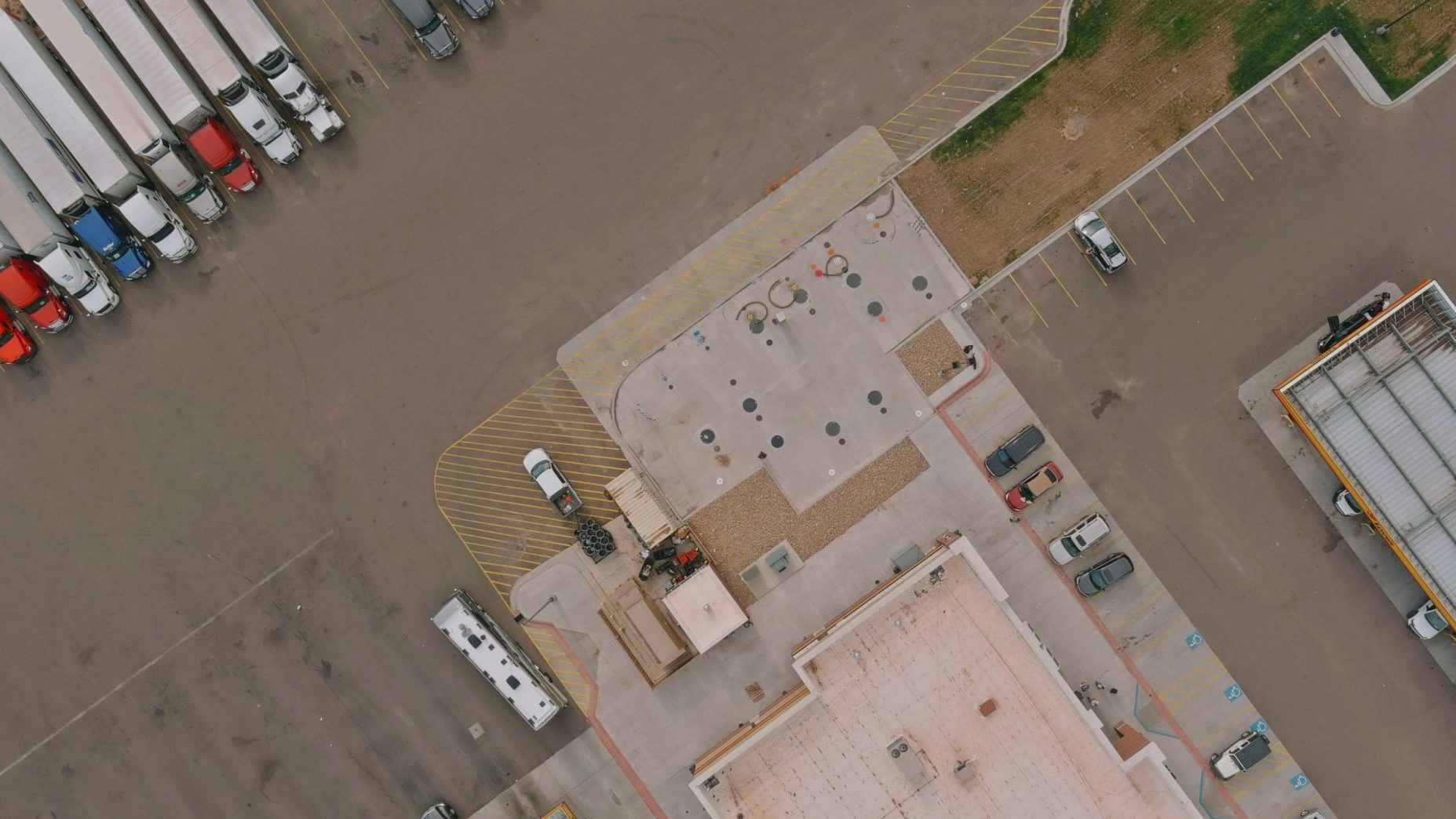Industrial space is a broad term that includes several categories of buildings. With that in mind, in today’s post, we take a closer look at the different types of industrial buildings and their characteristics.
What Is an Industrial Building?
As we explained in a previous post, there is a distinction to be made between industrial space and warehouse space.
Warehouse space focuses on the storage of goods for distribution. Industrial buildings, on the other hand, are designed to support a wider range of functions such as manufacturing, storage, and administrative activities.
While this difference is worth keeping in mind, in practice, warehouses are considered a sub-type of industrial building.
How Many Types of Industrial Buildings Are There?
The characteristics of industrial buildings vary depending on the type of activities they house. Here’s what you need to know about each type.
Heavy Manufacturing Buildings
As the name suggests, these buildings are projected to serve the needs of manufacturing activities that involve heavy (and capital-intensive) machinery and materials. These facilities typically feature a large amount of loading dock space, heavy ductwork, and three-phase electric power.
Light Manufacturing Buildings
These buildings are usually smaller, less complex, and less capital-intensive than heavy manufacturing properties. The components and machinery involved in light manufacturing are easy to transport and move around, which in turn translates into less demanding technical specifications.
Flex Space Buildings
Here, “flex” is short for “flexibility.” These buildings are designed to combine several light functions, often with an emphasis on office space and ample parking. There are three categories of flex space buildings: research and development facilities, data centers, and showrooms.
General Warehouses
A general warehouse is an industrial building where a company stores products or components destined for production. This type of industrial building can also house some administrative functions, but unlike distribution warehouses (see below), location is a less relevant factor.
Distribution Warehouses
Distribution warehouses tend to be larger than general warehouses and are located near ports or airports. Here, location near a logistic hub is key, as it allows companies to receive cargo and distribute it swiftly to points near the end of the supply chain.
Cold Storage Facilities (Refrigerated Warehousing)
The defining characteristic of cold storage facilities are large capacity coolers used to store food, beverages, or other perishable goods such as medicines or chemicals. Since the purpose of a cold storage facility is to maintain products under a certain temperature, they also feature seals on their docks and insulated overhead doors.
Disclaimer: This material is for general information and educational purposes only. It is not guaranteed as to accuracy, does not purport to be complete and is not intended to be used as a primary basis for investment decisions.
SoCal CRE Team: The Experts in Southern California Industrial Real Estate
At SoCal CRE Team, we specialize in industrial real estate solutions in the most sought-after Southern California markets such as Los Angeles, Orange County, Riverside, Anaheim, and more.
Interested in learning more? Contact us today by telephone (714) 456-0500 or email at gary@ashwillassociates.com.




